Description
Kushmanda is also known as Benincasa hispida, commonly known as wax gourd, fuzzy gourd or kadu. It is the native of Southeast Asia. This plant grows annually. This plant is a creeping with branched tendrils that can climb over with the help of some support, cover fences or sprawl along the ground. Primarily this plant is grown as a food plant. Kushmanda stems are thick, hairy, grooved prominently and covered with sharp bristles. The stems are dress with large five lobed leaves of roughly texture. Their leaves are round, kidney shaped with upper rough surface. These have beautiful flowers of Golden yellow color are wide up to 3 1/2″. These flowers form in the leaf axils during early summer. The female flowers bearing oblong to nearly spherical melon like fruits later that can be different in appearance and their uses. This difference is depends upon their growth stage, how this grow, in what conditions they develop. Fresh young fruits are commonly known as fuzzy gourd. This is because these fruits are covered with soft, light down that disappears after fruits get mature and ripe. The white flesh of fruits is very juicy and crispy. Fruits in its younger state are perishable means these can be eaten in a week before being picked. These younger fruits known as somewhat like summer squash. These young soft, juicy fruits can be peeled, shredded or cut into chunks for many purposes like sauteing, baking or in soups. The mature fruits are known as winter melons because of its coating that is waxy. This waxy coating protects the fruit from damage, makes possible its use for long run. Winter melons are of great size, ranges from 5-20 pounds that can be in rounded shapes or in cylindrical shapes. The round one is of 12 in diameter and cylindrical is of 15 cm long. During in its ideal conditions and environment, these can be grow much larger up to 25 to 50 pounds and can be 4-6′ long. These melons can be used as a vegetables, for baking or in the soups.
General Description
Kushmanda is known as scientific name of Benincasa hispida.
Acharya Charaka has described kushmanda as Aharadrvya in the chapter 6 ‘Annapan vidhi of Sutrasthana.
This plant is famous with various names like Green pumpkin, Ash gourd, White gourd. In Ayurveda except Kushmanda, various other names are there like Pushpaphala and Pitapushpa.
Kushmanda is light and greasy, that controls vata and pitta doshas. It controls and manage these doshas with the help of phytochemicals present in the plant. The major compounds are (E)-2- hexal, n- hexenal and n- hexyl formate. Roots of the plant contain pentacyclic triterpenes and bryonolic acid. Seeds contain ethylidene cholesterol and 24b – ethyl cholesterol. Fruit of this plant contain plenty of compounds like lupeol, setosterol, rhamnose, mannitol, cucurbitin, alkali, fat, vitamin, glucose, adenine, histidine and more. Cucurbita 5, 24- dienol is extract from every part of plant like roots, stems, leaves and pericarp.
This plant is a tonic, braintonic, carmintive, diuretic, refrigerant, antihelmenthic, haemostatic, vitaliser. These plants help to pacify raktapitta. The juice of the fruit pulp of this plant is very useful in haemoptysis and other internal discharges. Seeds are helpful in abdominal worms specifically tapeworms. This whole plant is useful for heart, body life, being rasyana & bhramana promoting dhatu.
Classification
- Kingdom – Plantae
- Subkingdom – Tracheobionta
- Superdivision – Spermatophyta
- Division – Magnoliophyta
- Class – Magnoliopsida
- Subclass – Dilleniidae
- Order – Violales
- Family – Cucurbitaceae
Habitat
Kushmanda grows in plains and hills to an altitude of 1,204 meters in India. Their production is occur mainly in warm countries. It is in Europe and America since roman era. It is found in India, Ceylon and Burma.
In India it cultivates all over the country but mostly found in Punjab and Uttar Pradesh. It is cultivated for its fruits. Seeds are sown during the month of February. The fruits are ready in 3-6 month period.
Names
- Latin name – Benincasa hispida
- Sanskrit name – Kushmanda, pushpaphala
- Assamese – Komora, Kumora,
- Bengali – Kumra, Chal Kumra,
- Hindu – Gol-Kaddu, Raksa,
- Malayalam – Cumbulam, Kumpalam,
- Marathi – Kohala,
- Mizoram – Maipawl,
- Sanskri – Brhatphala, Kushmanda,
- Tamil – Alattuppucini, Ven Poosani,
- Tulu – Karkumbuda,
- Telugu – Budidegummadi, Pendligummadikaaya,
- Urdu – Petha
- French – Courge Cireuse
- German – Wintermelone
- Chinese – Pai Gua
- Italian – Zucca Della Cera
- Japanese – Togan, Togwa
- Malay – Kundur
- Nepalese – Petha
Pakistan – Petha - Singapore – Tang Kua
- Sri Lanka – Puhul
Ayurvedic Properties
| Hindi / Sanskrit | English | ||
| Rasa | Madhura | Taste | Sweet |
| Guna | Laghu, Snigdh | Physical Property | Light, Unctuous |
| Virya | Sheeta | Potency | Cold |
| Vipaka | Madhura | Metabolic Property (After Digestion) | Sweet |
Effects On Doshas
Kushmanda controls and manages vata and pitta
| Charak Samhita | Sushrut Samhita | Prabhava |
| – | Madhura Rasa Dravya
Tailavarga |
Medhya – Improves intelligence |
Ancient Verse About Kushmanda
The Bhavprakash nighantu edition of 1998: verse 53-55, page no-679.
It states that, plant names are Kushmaand, Pushpaphal, Pitapushap and Brihatphala. It provides energy and strength. It is heavy and aphrodisiac.
It manages vata, pitta and blood disorders. It is cool in nature that helps to decrease pitta in the body.
Practical Uses Of Kushmanda
- All parts are used for medicinal purposes.
- In ayurveda, Winter melon or kushmanda is very helpful in the treatment of nervous system disorders and epilepsy.
- It is known to treat peptic ulcers.
- In India, fruit of this plant is useful in combating various ailments dyspepsia, heart diseases, cough, ulcers gastrointestinal problems, asthma, burning sensation, diabetes mellitus, and urinary diseases.
- In Sri Lanka, it is use as antidote for vegetable poisons and to cure asthma, insanity, hiccough, cholera, anthelmintic, diabetes and cough.
- In Korea it was used to cure diuresis diseases and diabetes.
- In China, skin softening and cure of facial blemishes, aging of skin and wrinkles, all these things are recovered with the help of this plant. It is also used to cure inflammation and hypertension. The peel of dried fruit is used for thirst and oliguria, occurred due to summer strokes.
- The fruit of this plant also used as tonic, diuretic, laxative and cooling.
- In Philippines, this plant is known as astringent, styptic, demulcent and also treats tuberculosis.
Parts Used
Fruits, Seeds


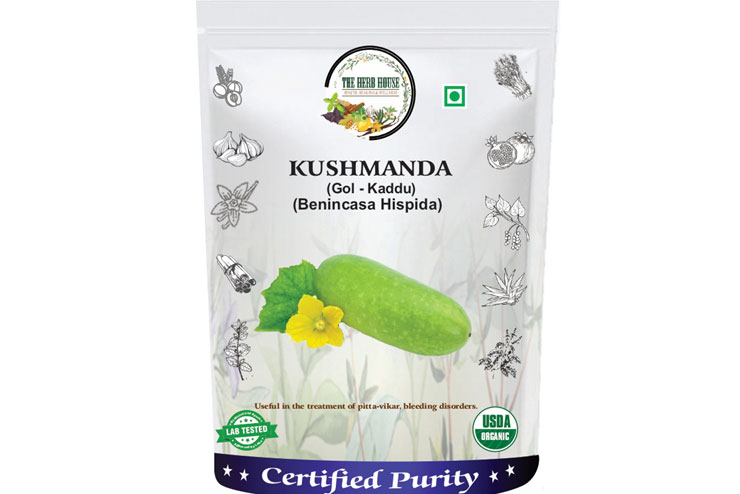
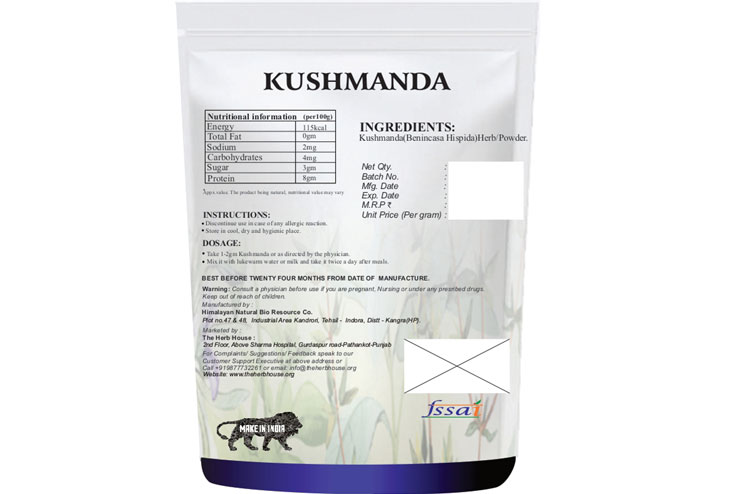
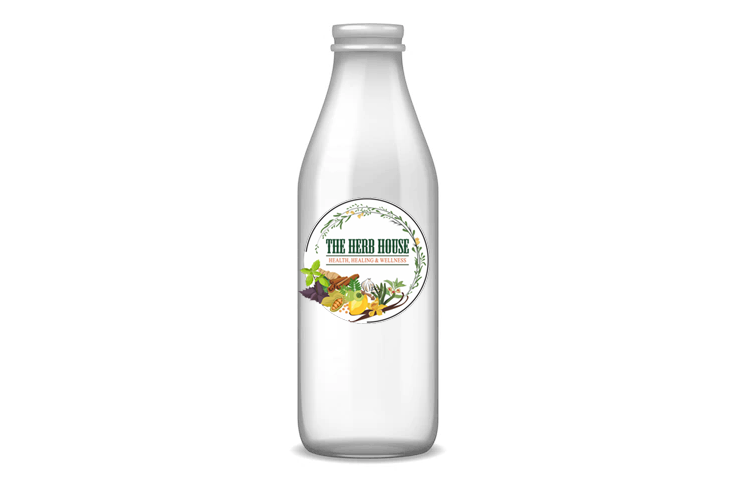
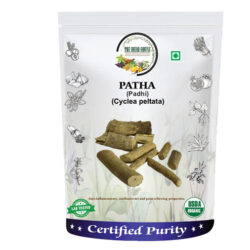
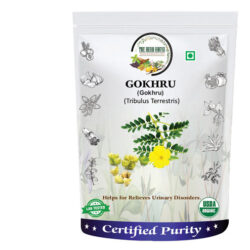
Reviews
There are no reviews yet.